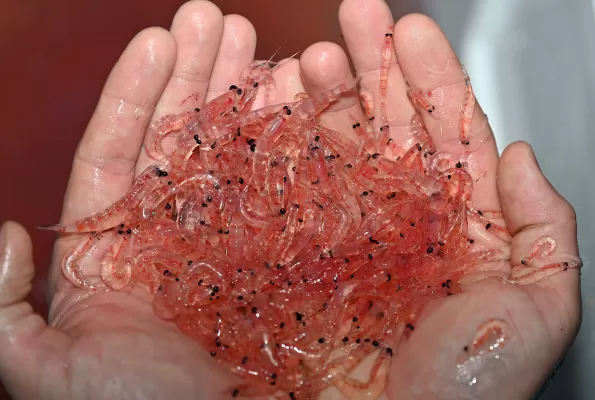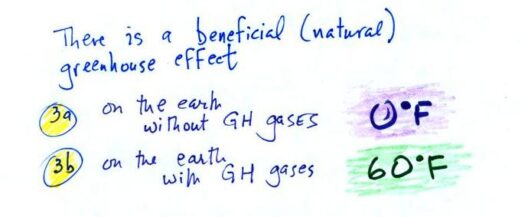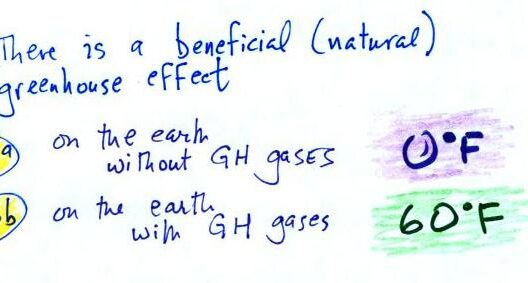The Antarctic krill, a diminutive but formidable crustacean, serves as a linchpin in the intricate machinery of the Southern Ocean’s ecosystem. These vibrant red shrimp-like organisms inhabit the icy waters surrounding Antarctica, yet their plight is emblematic of a much larger, pressing issue—the impact of climate change on marine biodiversity. The fate of the Antarctic krill is not simply a tale of survival; it’s a clarion call highlighting the fragility of the ocean food web, whose threads are becoming increasingly fragile. Understanding the significance of krill is crucial for grasping the vast interconnectedness of our marine environments.
To visualize the role of Antarctic krill, one might consider them as the unsung heroes in a grand opera of the ocean—an orchestra where every note is essential to the symphony of life. These tiny giants are not mere inhabitants of their frigid realm; they are the primary consumers in the Southern Ocean, feeding on phytoplankton, and in turn, providing sustenance to an array of larger species. This includes fish, seals, penguins, and even the great blue whale. The krill’s existence is interwoven with these species, creating a narrative of dependency that underscores the importance of their survival.
However, this delicate balance is under siege. As global temperatures rise and sea ice melts, the habitat of the Antarctic krill is being reshaped. The diminishing ice cover directly affects the availability of phytoplankton, the foundational food source for these crustaceans. Phytoplankton thrive under the ice, capitalizing on the unique conditions that govern this ecosystem. With the ongoing changes, the very fabric of life in these waters is beginning to unravel.
Moreover, human activity poses an additional threat to the krill population. Overfishing has become a dire issue as krill are harvested for use in aquaculture feed and nutritional supplements. This commercial demand, coupled with the rising water temperatures, could lead to a catastrophic decline in krill numbers. Scientists have raised alarms that if krill populations continue to dwindle, the consequences will be dire, cascading through the intricate web of marine life.
The narrative is further complicated by the phenomenon of ocean acidification, a consequence of increased carbon dioxide emissions. As atmospheric CO2 levels rise, the oceans absorb a significant portion of this gas, leading to a decrease in pH levels. This alteration in ocean chemistry can adversely affect the planktonic communities that krill depend upon. With a diminished food supply, the resilience of krill populations is jeopardized, creating a ripple effect that could reverberate throughout the Southern Ocean.
In essence, the plight of Antarctic krill serves as a metaphor for the battles being fought at a global scale. Their struggle reflects the consequences of climate change, habitat loss, and human exploitation. Just as each krill contributes to the oceanic tapestry, so too do individual actions influence the health of our planet. The fate of these tiny creatures resonates as a poignant reminder that every species plays a critical role within its ecosystem. If the foundation crumbles, the entire structure will inevitably follow.
Addressing this crisis requires a multifaceted approach. Marine conservation efforts must prioritize the protection of critical habitats, which includes establishing marine protected areas (MPAs) in regions of significant krill activity. By designating these MPAs, we can safeguard not only krill but also the myriad species that rely on them. Additionally, reducing greenhouse gas emissions is paramount to mitigating climate change’s impact on the Southern Ocean. The journey toward sustainability involves a collective commitment to reining in anthropogenic influences that threaten these delicate ecosystems.
Furthermore, promoting sustainable fishing practices is essential in ensuring that krill harvesting does not exceed the limits of what can be responsibly taken. Innovative management strategies, developed through collaboration between scientists, policymakers, and stakeholders, can help create a balance that respects the ecological dynamics of the region. Educating the public on the importance of krill and their role in the food web is also crucial. People need to understand that protecting krill means protecting a vast array of marine life, including species that are deeply significant to human culture and economy.
As we reflect on the plight of Antarctic krill, it becomes clear that this is not merely an ecological concern; it is an ethical one. The interconnectedness of life on Earth demands that we recognize our role within this web. Every action taken in the pursuit of conservation can reverberate far beyond our immediate environments. From personal choices to larger policy shifts, our responses to the climate crisis can protect invaluable resources and sustain life in the Southern Ocean and beyond.
To conclude, the Antarctic krill stands as a testament to resilience in the face of adversity. Yet their future is precarious, reflecting the tumultuous state of our oceans under climate change. It is up to us to act, to safeguard not only the krill but the entire marine ecosystem. For in their survival lies a precious balance—one that sustains countless species, including ourselves. The time for action is now; for the echoes of the crisis facing the Antarctic krill resonate far beyond their icy habitat, calling for a global response to save the ocean’s heartbeat.







